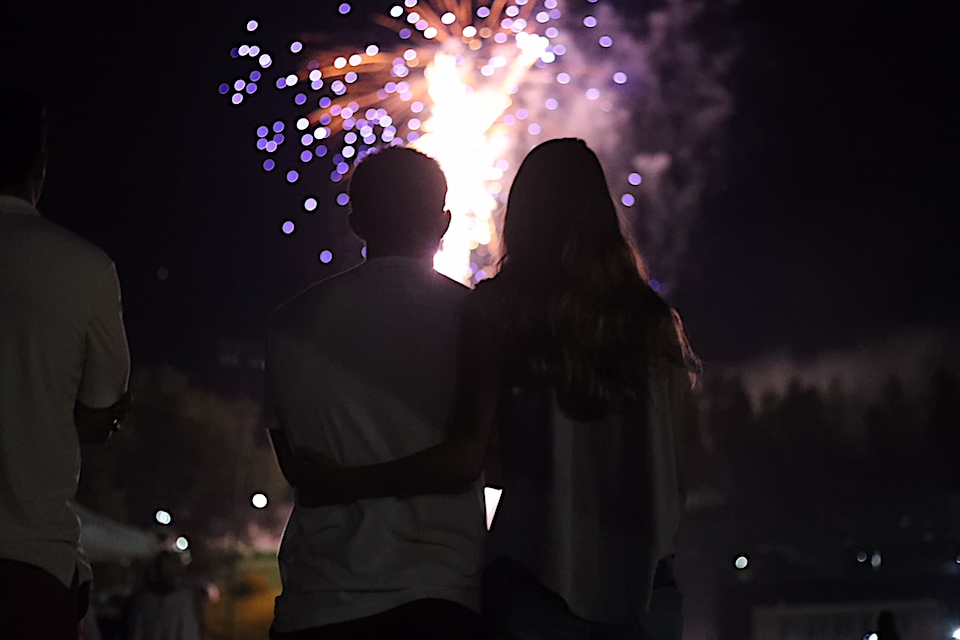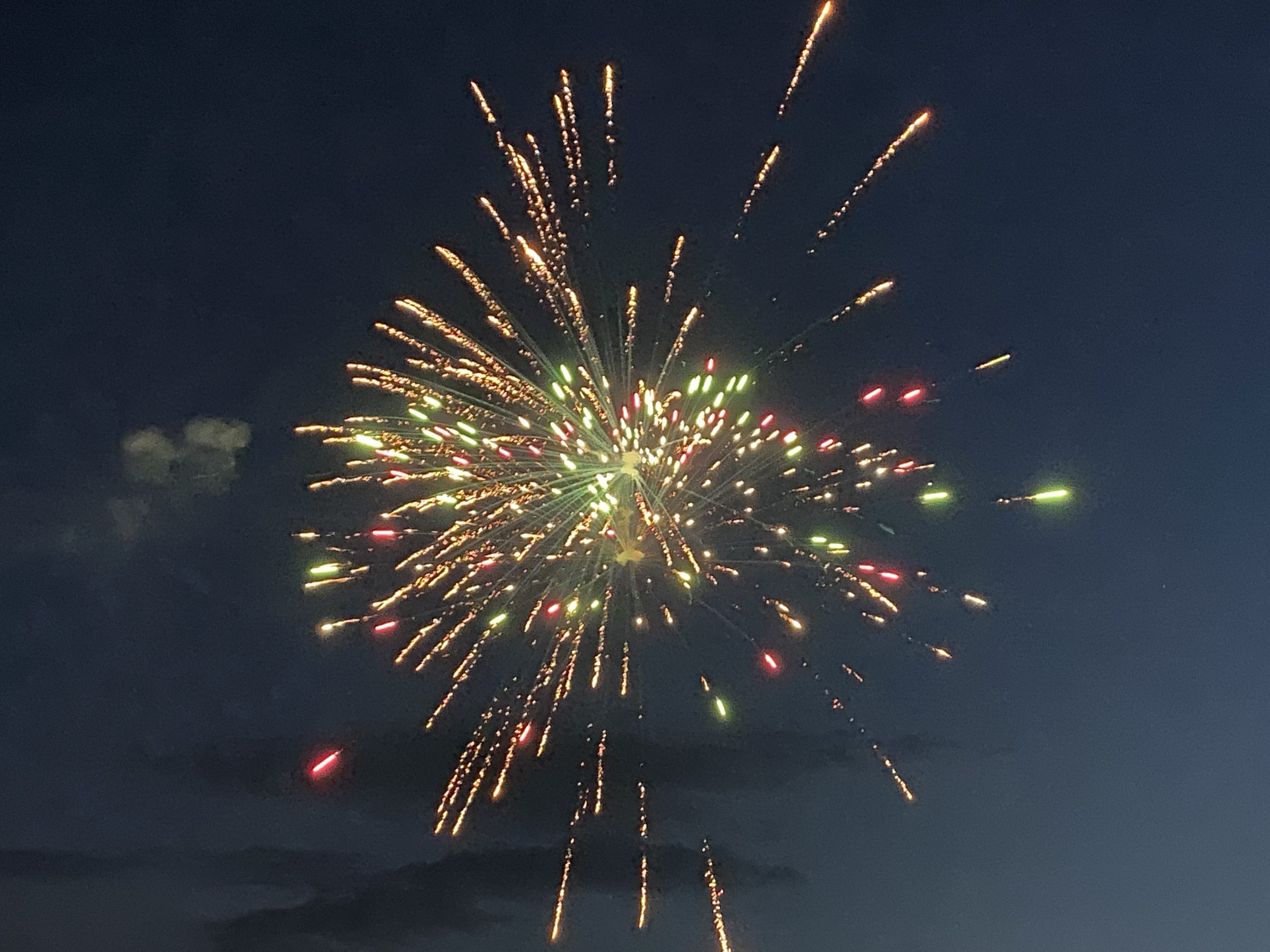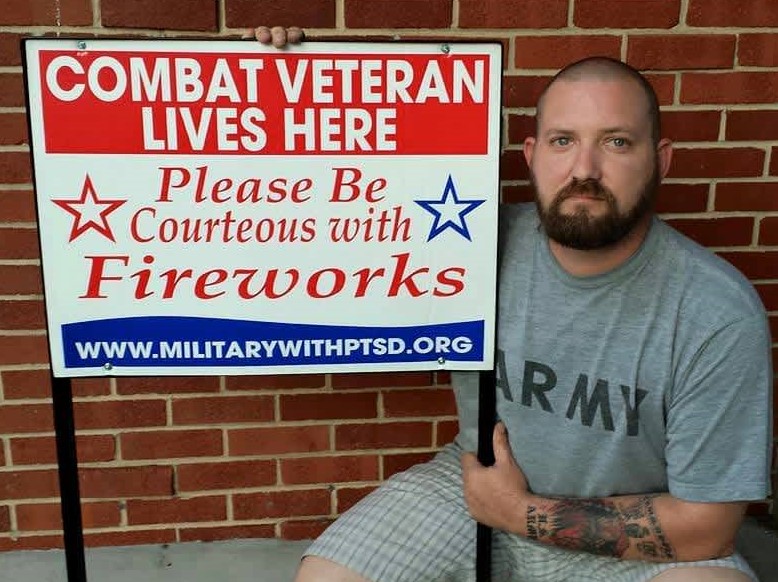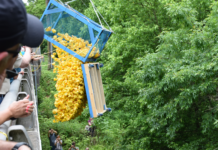
Fireworks will light up the skies here and in communities and major cities across our country during the long holiday weekend. They have long been a technicolor backdrop for celebrations or remembrance. Some of the largest displays are reserved for New Year’s Eve and July 4th.
We are all fascinated by pyrotechnics. In an age when highly polished computer-generated images are the norm, a live firework display feels like a blast from the past so to speak. It’s a hypnotic cocktail of spectacle, raw power, and beauty, color, and noise.
Whether you watch the Macy’s display on TV or head over to Demorest Springs Park for the Glorious Fourth celebration, there are plenty of opportunities to be patriotically entertained. Click here for more information.
 The tradition
The tradition
Of course, you might be like thousands of other folks and buy your own fireworks to celebrate our nation’s 246th birthday. It’s estimated that Americans spend a whopping $1.5 billion on fireworks each year.
There are the traditional firecrackers, smoke bombs, fountains, ground spinners, poppers and snakes, bottle rockets, and Roman candles. Sparklers are one of the most popular because they’re easy: a sparkler is a type of hand-held firework that burns slowly while emitting colored flames, sparks, and other effects.
Fireworks are pretty easy to come by these days as stands pop-up everywhere, especially this time of year. TNT, Phantom, and Xtreme Xplosives sell fireworks in Habersham and surrounding counties.

Keep it safe
As magical as the shows are to watch, the do-it-yourself displays don’t always have a happy ending.
According to the US Consumer Product Safety Commission, 18 people died from fireworks incidents last year. The number of injuries goes up almost every year. The research states that an estimated 15,600 people required emergency room treatment in U.S. hospitals due to accidents involving fireworks last year. The report found that around 66% of all annual fireworks injuries recorded last year occurred between June 21 and July 21, with firecrackers and sparklers the main culprits.
 During that period, hands/fingers accounted for the highest proportion of body parts injured by fireworks at 30%, followed by the head, face, or ear at 22% and eyes at 15%. When it comes to the type of injury, burns were the most frequent diagnosis by far at 44% while contusions or lacerations and fractures or sprains were also fairly common.
During that period, hands/fingers accounted for the highest proportion of body parts injured by fireworks at 30%, followed by the head, face, or ear at 22% and eyes at 15%. When it comes to the type of injury, burns were the most frequent diagnosis by far at 44% while contusions or lacerations and fractures or sprains were also fairly common.
While the majority of these incidents were due to amateurs attempting to use professional-grade, homemade, or other illegal fireworks or explosives, an estimated 1,200 injuries were from less powerful devices like small firecrackers and sparklers.
Additionally, fireworks start an average of 18,000 fires each year, including structure, vehicle fires, and other fires.
Trauma for veterans with PTSD
In my neighborhood, there are usually a few eager beavers who start shooting off fireworks for at least a week leading up to the 4th finale. I always say a prayer for any veterans who are traumatized by what I’m sure is a night of fun for their family.
During my time working with the American Red Cross Service to Military Families program, I worked closely with Col. Sean Mulcahey who served as Commander for the Warrior Transition Unit. We developed an adaptive sports program for the unit and provided support for soldiers and their families during this transition phase. The battalion consisted of more than 300 soldiers at various stages of recovery from physical and mental trauma.
I asked Mulcahey about veterans and their potential challenges with fireworks celebrations.

“While July 4th is a great time to celebrate our Independence and the brave heroes who sacrificed for our freedoms, it’s important to be considerate of our modern-day heroes – Soldiers and Veterans with post-traumatic stress – who may experience a negative reaction to fireworks as a result of their “silent” wounds. The sounds of fireworks can activate traumatic experiences from their service in combat. Being considerate with fireworks is a demonstration of respect,” according to Mulcahey.
It’s a little late for this weekend, but Military With PTSD has signs available free of charge for veterans. These might be beneficial for New Year’s Eve celebrations and for next year’s 4th of July festivities.
Pets and fireworks don’t mix
Dogs have a keen sense of hearing. In fact, they are capable of hearing sounds four times further away than the human ear can discern. I have a 70 lb. German Shepherd and she hates fireworks! She will not go outside when neighbors are launching them. Apparently, many cats aren’t too keen on the noise either.

Olivia Whitfield with Habersham County Department of Animal Care & Control, says the number of calls they get goes way up during the Fourth, Memorial Day, New Year’s Eve, and any holiday in which fireworks are used.
She says dogs will break a steel cable if they are outside and terrified and both dogs and cats can run away.
“Most times we can locate the owners but sometimes the outcome for these scared furry babies is not good.”
Whitfield recommends keeping your pets inside and if you know they are prone to anxiety, ask your veterinarian for the best way to handle that prior to the holiday.
The whizz, boom, bang will soon commence. We hope your family enjoys the July 4th celebration safely and let us all be respectful of those who served.







